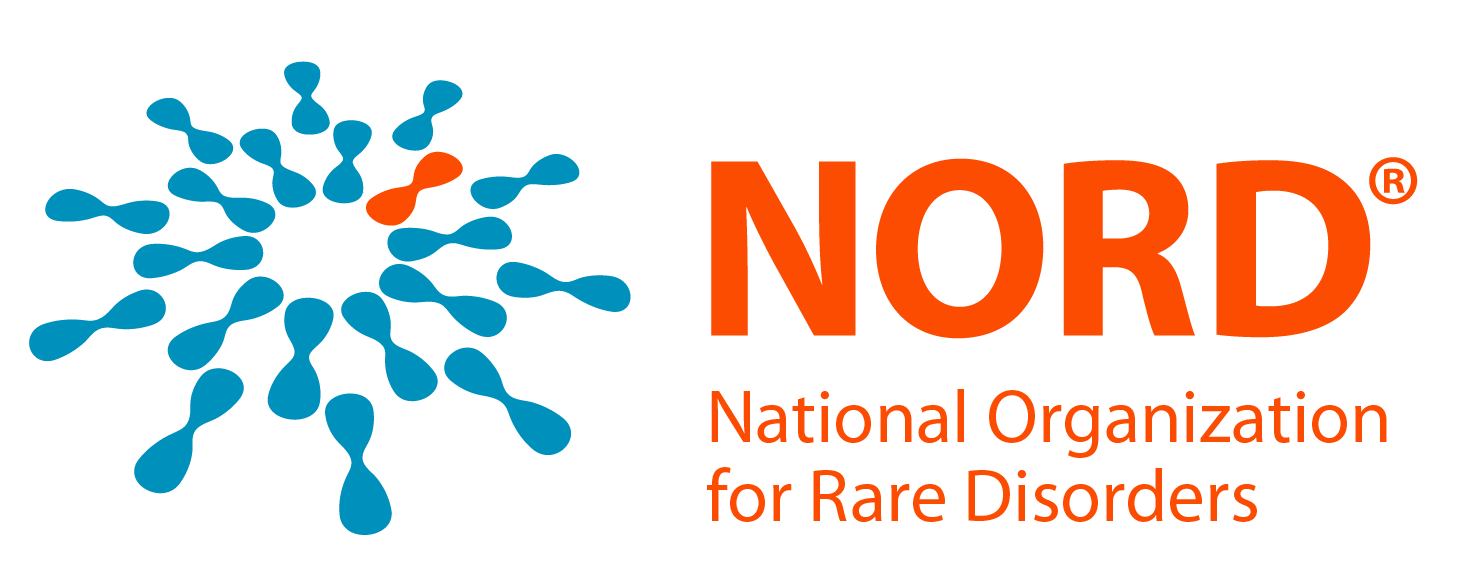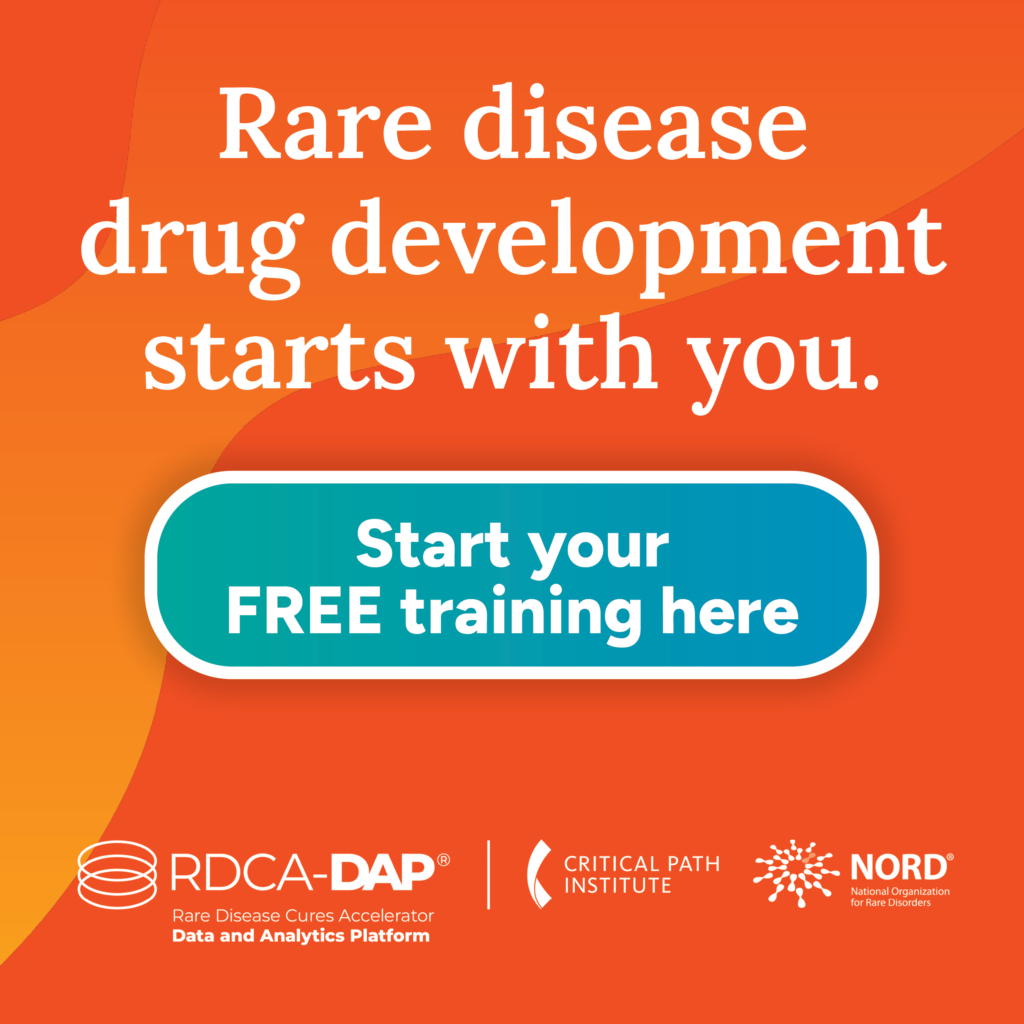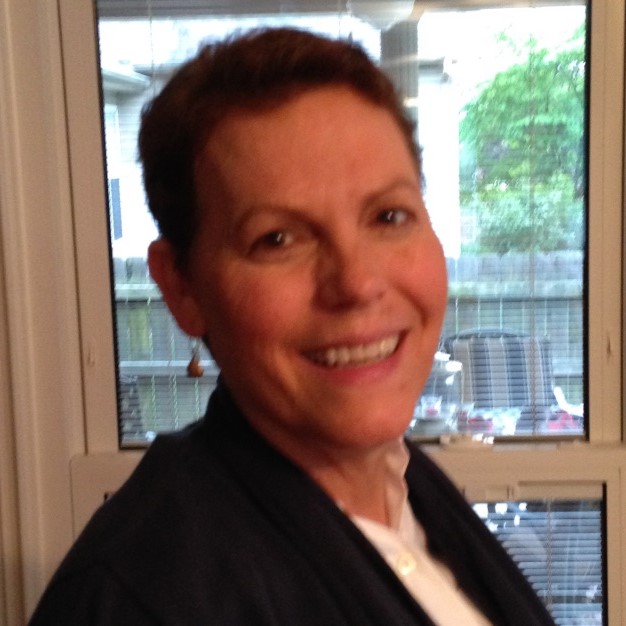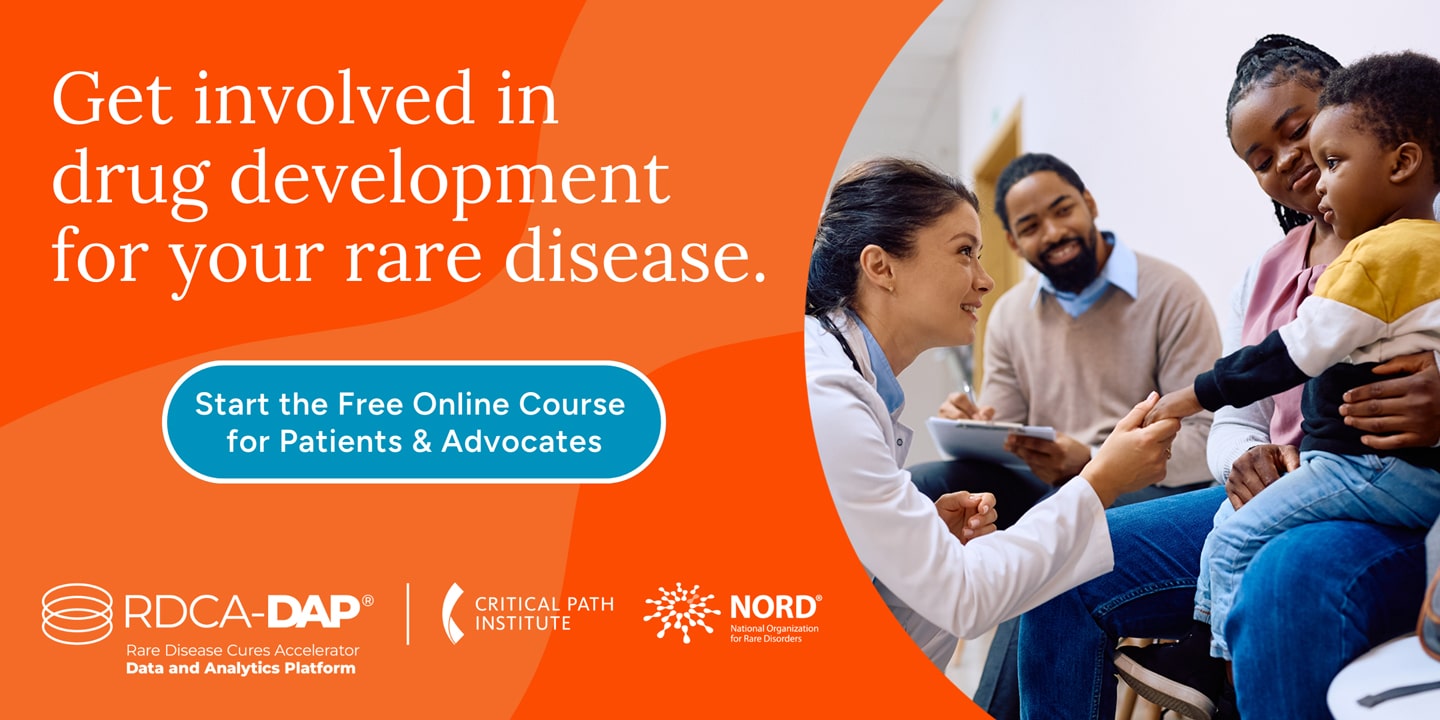By Elizabeth Silva Anderson, ECD Global Alliance, a NORD Member Organization
An interview with Erdheim-Chester Disease patient, Janet Bunge, in honor of Erdheim Chester Disease Awareness Week (#ECDAwareness), Sept. 12-17, 2016
“I belong to ECD. A group which no one applies to join.” The spirited mother of four recounts a tale of searching, frustration, courage, and finally hope.
Janet Bunge was diagnosed with Erdheim-Chester Disease in 2015. The journey started in 2003 with a few uncomfortable bumps on her legs that revealed to be much more than a rash.
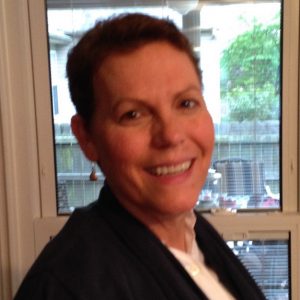
Erdheim-Chester Disease, a rare, slow-growing cancer, crept through Janet’s skin, bones, lungs, heart, and finally, her brain. Her bones and brain had lesions discovered by MRI and X-ray scans. Chronic pain signaled the infiltration of white-blood cells known as histiocytes inflaming her body.
The Lexington, Kentucky native visited different specialists throughout the country. Physicians suspected multicentric reticulohistiocytosis (MRH), a rare disease causing painful lesions on the skin accompanied by severe joint pain. The former nurse was unconvinced because the diagnosis didn’t encompass all her symptoms.
When visiting a joint-pain specialist in Minnesota for MRH in July 2014, Janet recalls the doctor trying to prove to her she had MRH despite her misgivings, “I felt like they didn’t take me seriously. I’m in pain and they’re trying to shove me into a box that they understand.”
The following year in Kentucky, Janet’s speech began to slur and the pain in her legs worsened. She requested a MRI brain scan and X-ray of her thigh bone. Finally, the doctors put the pieces together.
“The combination of the funny lesions in my brain, the leg X-ray, and my skin, that’s what brought the ECD diagnosis,” Janet recounts of her diagnosis.
The diagnosing doctor prescribed a medication that was normally considered the first-line of treatment for ECD. However, at the time of her diagnosis in 2015, other emerging ECD treatments were available.
“Through a little computer sleuthing I knew that my doctor’s original prescription really wasn’t the direction.”
Empowered, she self-referred to the National Institutes of Health (NIH) study led by Dr. Juvianee Estrada-Veras to discover if she was eligible for the newest treatments.
“I was really thankful when I emailed the National Institute of Health and immediately Dr. Estrada-Veras called me. I was very thankful to have the name of something to go to the NIH [with] and for them to take me seriously. Estrada-Veras was taking me very seriously. But, I just wasn’t quite sick enough.”
Janet’s brain lesions were too small. She missed entering the trial by 0.2 centimeters.
“I know, it’s weird because I had a lot of lesions in my brain. The NCI [National Cancer Institute] was working with the NIH and they had set the parameters. I missed the parameters by a tiny bit.”
“The bad news is we can’t treat you and the bad news is you have to be treated,” stated an NIH doctor.
The NIH couldn’t accept her into the trial, but oncologist Dr. Rachel Harper at the Lexington Clinic was up for the challenge. “You know I can do breast cancer in my sleep. This is something I’ll need to study,” said Dr. Harper
ECD has no dedicated therapies. There are no drugs approved by the FDA in the United States or EMA in the European Union to treat ECD. Janet is currently on a chemotherapy therapy. She tested positive for the latest ECD mutation, BRAF V600E, which has responded favorably in trials to this treatment.
In October 2015 in Houston, Texas, Janet retold her story to an audience of over 70 people affected by ECD at the annual ECD Patient and Family Gathering.
There she connected with ECD-knowledgeable researcher Dr. Eli Diamond from Memorial Sloan-Kettering Cancer Center in New York, New York.
After attending the meeting, she flew to New York City to see Dr. Diamond. He prescribed her current treatment and collaborates with Janet’s local oncologist to offer the best care.
“Finally you get someone who takes you seriously. I knew that with Dr. Harper it would help if she had somebody who would really call the shots, like Dr. Diamond. He is kind to say, ‘I’m not going to call the shots. I just want to collaborate with her and support her.’”
Janet now helps others fighting this disease.
“I can be a patient care advocate. I don’t try to hide the fact that I have some goofy disease. I speak about it. There are other people with goofy diseases. And it’s nothing to be ashamed of. Nothing to hide about it.”
To others struggling with a rare illness, searching for diagnosis, and fighting the system, Janet encourages, “Don’t let it stop you. Keep going. Maybe I know how more likely I am going to die but, I could also die walking across the street. So just keep on living.”
About the Erdheim-Chester Disease Global Alliance
The ECD Global Alliance is dedicated to awareness, support, education and research related to the ultra-rare blood cancer, Erdheim-Chester Disease. The non-profit and its close-knit medical community combat the largely overlooked disease through international medical symposia, physician presentations, and a network of ECD Referral Care Centers. Since 2011, the organization has committed more than $600,000 to ECD research. This research pushes the edge of precision medicine leading to improved patient outcomes for sufferers of the incurable disease.
The ECD Global Alliance is a member organization of NORD, working together to eliminate the challenges of rare diseases.
